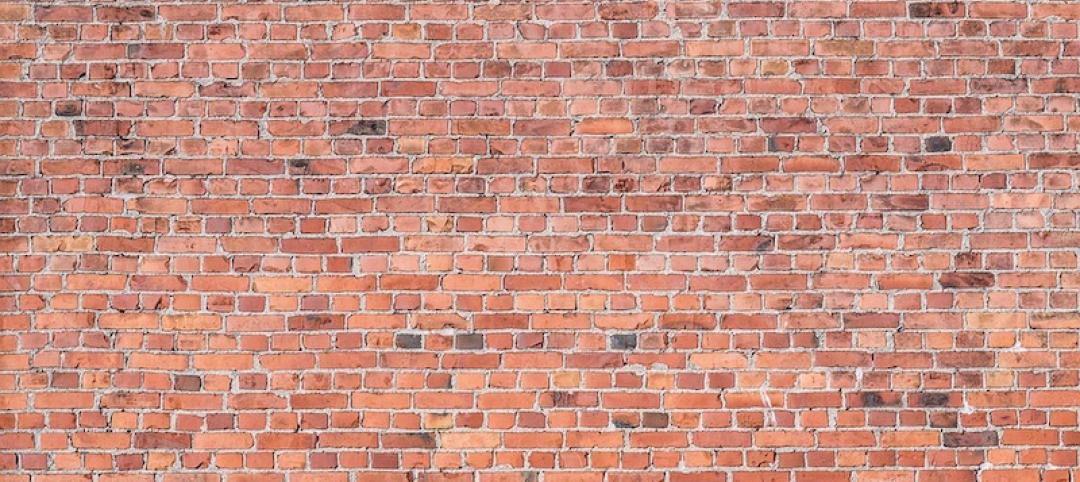Strengthening energy efficiency standards by an achievable 15% would reduce heart attacks, respiratory disease, asthma attacks, and premature death, according to a new study by the American Council for an Energy-Efficient Economy (ACEEE).
More energy efficient buildings and transportation would reduce emissions of nitrogen oxides by 18% and sulfur dioxide by 23%. Cleaner air would result in nearly 30,000 fewer asthma episodes, save more than six lives a day, and avoid $20 billion a year in health costs.
These benefits would impact some states and cities more than others. Based on the dollar value of avoided health harms, Pennsylvania would realize the greatest benefits, followed by New York, Ohio, Illinois, Texas, Michigan, Florida, Indiana, Tennessee, and North Carolina.
In the built environment, simple measures such as sealing holes would reduce the influx of outdoor pollution while improving HVAC efficiency and comfort for occupants. Sealing holes would also improve indoor air quality by blocking air containing moisture that aids the growth of mold.
Related Stories
Codes and Standards | Mar 21, 2019
New York City contractors adding 5% to 10% to construction costs due to trade war
Tariffs on steel, aluminum, and other materials swell budgets.
Codes and Standards | Mar 20, 2019
Codes organizations to develop new guidelines on shipping containers as building components
Intl. Code Council and Modular Building Institute combine forces.
Codes and Standards | Mar 19, 2019
Plan for transformation of Lower Manhattan streetscapes unveiled
Pedestrian-friendly “Slow Streets” pilot starts on Earth Day 2019.
Codes and Standards | Mar 15, 2019
Newly developed building materials could have big impact on sustainability
Transparent wood, self-cooling walls, bricks that filter air pollutants among the technological breakthroughs.
Codes and Standards | Mar 14, 2019
U.S. and Canada differ on how to evaluate field performance of windows, curtain walls
Variations include laboratory test method for determining rate of air leakage.
Codes and Standards | Mar 13, 2019
Climate change can’t be stabilized without addressing urban sprawl
Even if power goes green, transportation will still be a major emissions source.
Codes and Standards | Mar 12, 2019
Virginia county hones new rainwater harvesting standard
Developer prompts new rules to use rainwater for heating and air conditioning.
Codes and Standards | Mar 8, 2019
Portland delays requirement for posted warnings on unreinforced brick and stone buildings
Regulation would mandate signs warning that buildings could be unsafe during earthquakes.
Codes and Standards | Mar 7, 2019
California will allow flame retardant-free building insulation
State also repeals business furniture flammability standard.
Codes and Standards | Mar 6, 2019
Sixty six construction companies cited for wage theft violations in Massachusetts
Penalties total $2.7 million.

















